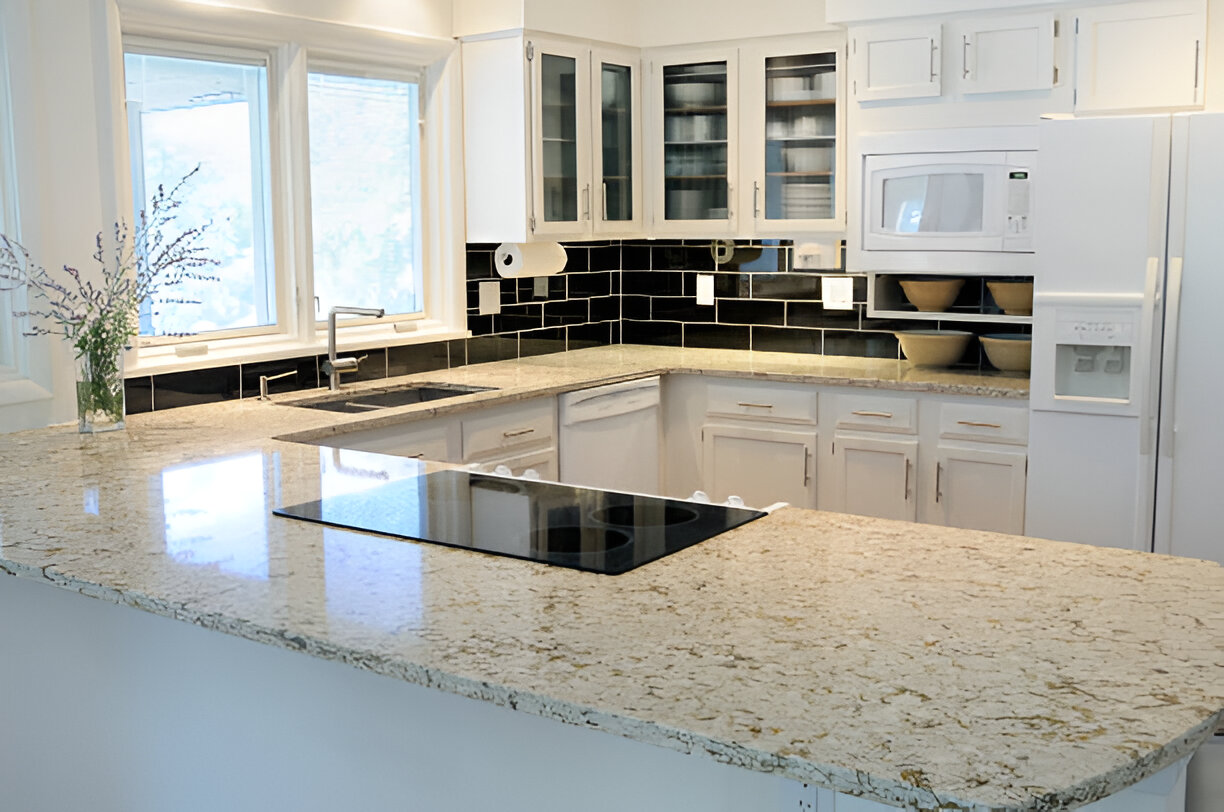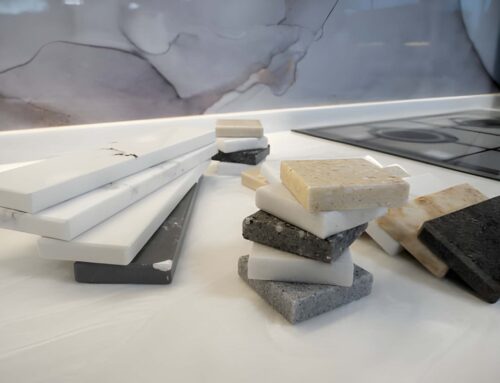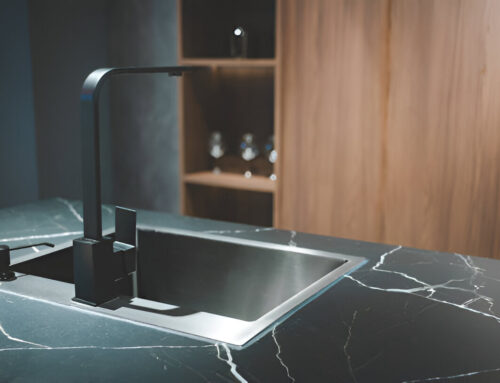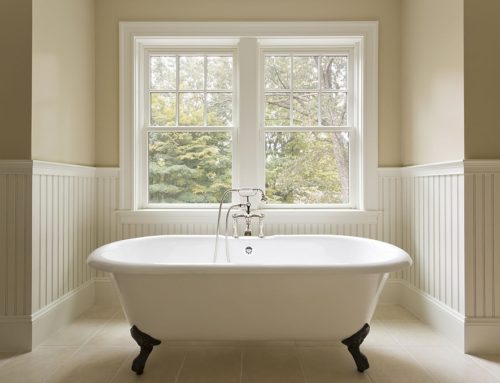When choosing surfaces for your home, the decision often comes down to quartz and porcelain. Both materials are popular for countertops, floors, and walls. But which one is the best choice for your home? This article will compare Quartz vs Porcelain in terms of durability, style, maintenance, and cost to help you make an informed decision.
What is Porcelain?
Porcelain is a type of ceramic made from refined clay fired at very high temperatures. It is incredibly strong and dense, making it resistant to scratches and stains. Porcelain tiles and slabs are often used for flooring, walls, and countertops. With modern technology, porcelain surfaces can mimic the look of natural stone or wood.
Durability Comparison
Both quartz and porcelain are durable, but they have different strengths:
Quartz:
- Resistant to scratches and stains.
- Handles everyday wear and tear well.
- Can be damaged by high heat, so avoid placing hot pans directly on it.
Porcelain:
- Extremely hard and resistant to scratches.
- Can handle high heat, making it ideal for areas near stoves or fireplaces.
- More resistant to UV light, so it’s a better choice for outdoor spaces.
Maintenance and Cleaning
Both materials are relatively easy to maintain, but their care requirements differ slightly:
Quartz:
- Non-porous surface resists bacteria and mold.
- Wipe spills with a damp cloth and mild soap.
- Avoid harsh chemicals and abrasive cleaners.
Porcelain:
- Also non-porous and easy to clean.
- Can withstand more aggressive cleaning products.
- Regular sweeping or wiping keeps it looking new.
Style and Design Options
When it comes to style, both quartz and porcelain offer plenty of choices:
Quartz:
- Wide variety of colors and patterns, including natural stone looks.
- Consistent patterns and finishes create a sleek, modern look.
Porcelain:
- Can mimic the appearance of natural stone, wood, or concrete.
- Available in tiles or large slabs for seamless installations.
- Offers more texture options, such as matte or polished finishes.
Cost Comparison
Price is often a deciding factor in material selection. Here’s how quartz and porcelain compare:
Quartz:
- Typically costs $50 to $100 per square foot, including installation.
- Higher-end designs or brands can cost more.
Porcelain:
- Costs $35 to $70 per square foot, including installation.
- Generally more affordable, but installation for large slabs can be costly.
Pros and Cons Summary
Here is a quick overview of the advantages and disadvantages of quartz and porcelain:
Quartz Pros:
- Non-porous and hygienic.
- Wide range of colors and patterns.
- Low maintenance.
Quartz Cons:
- Can’t handle extreme heat.
- Typically more expensive.
Porcelain Pros:
- Highly heat-resistant and durable.
- Works indoors and outdoors.
- Affordable options available.
Porcelain Cons:
- Heavier and harder to install.
- Limited edge customization compared to quartz.
Which One Should You Choose?
The choice between quartz and porcelain depends on your specific needs:
- Choose Quartz if you want a low-maintenance, luxurious surface for indoor use. It’s ideal for kitchens and bathrooms.
- Choose Porcelain if you need a durable, heat-resistant surface for outdoor spaces or high-traffic areas like floors.
Both materials are excellent choices that combine beauty and functionality. Evaluate your budget, style preferences, and where the surface will be used to make the right decision.
Final Thoughts
Quartz and porcelain are both strong contenders for modern homes. Each material has unique benefits, so consider your priorities carefully. Whether you choose quartz’s sleek elegance or porcelain’s versatility, you’ll enjoy a durable and beautiful surface that enhances your home for years to come.






Leave A Comment